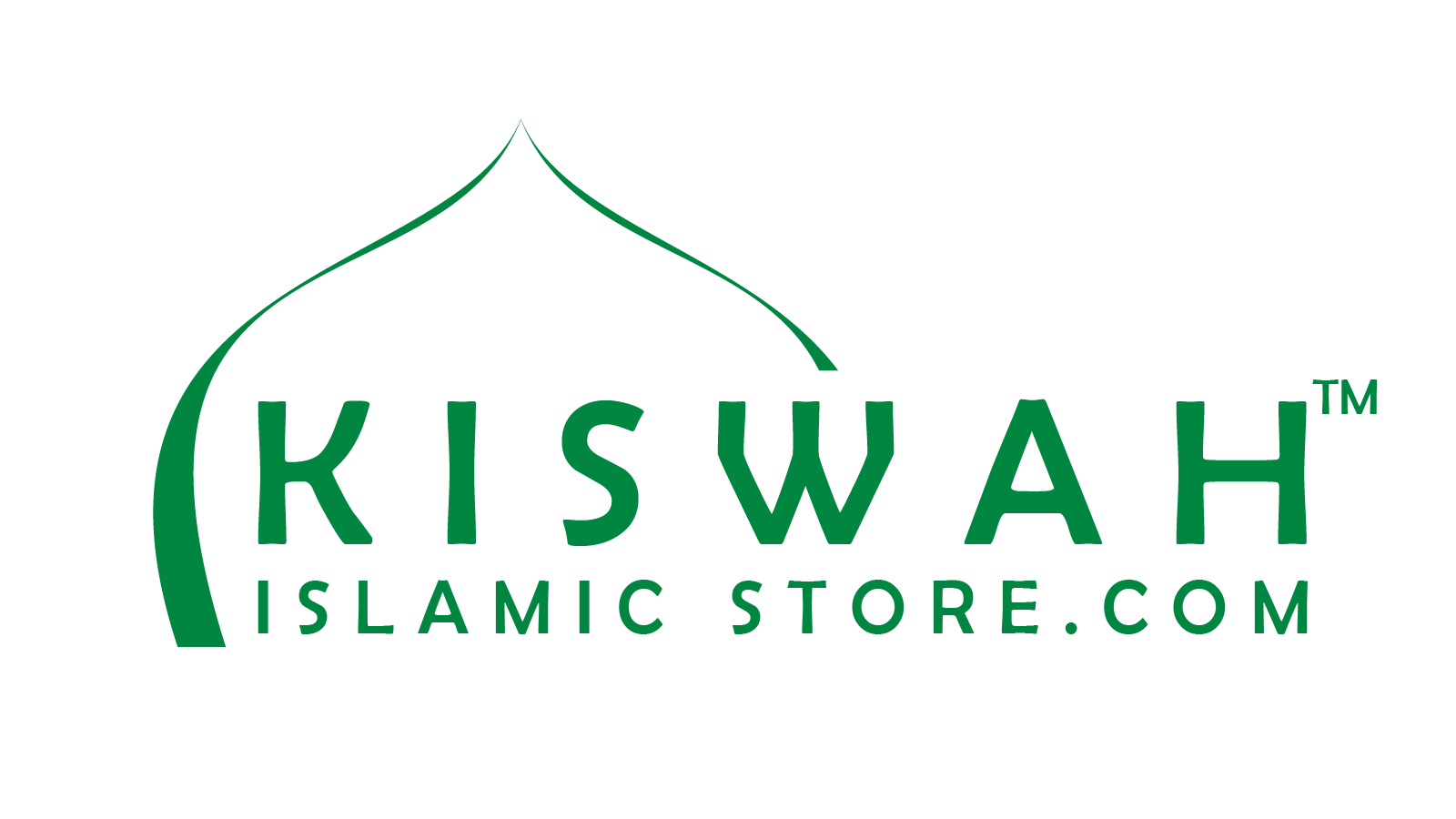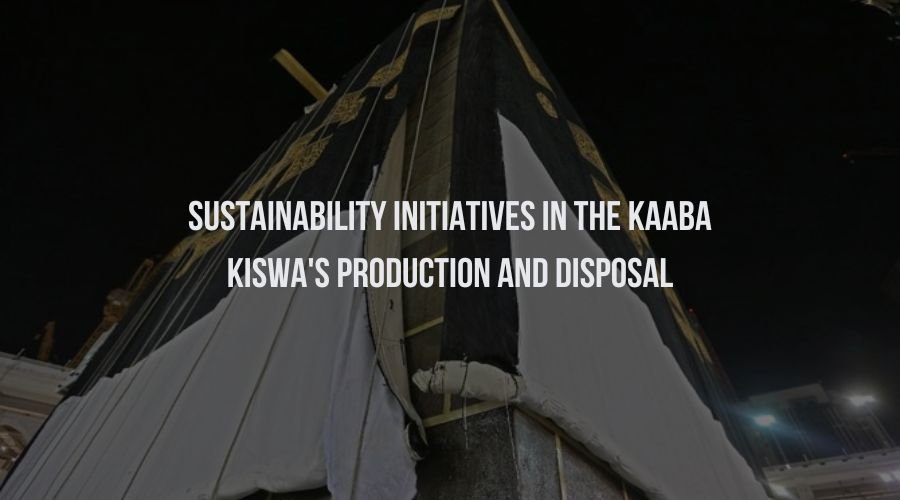The Kaaba, a cubical structure in Mecca, is the holiest site in Islam. Every year, during Hajj, a new cloth, the Kiswa, is ceremoniously draped over the Kaaba. This magnificent tapestry, adorned with Quranic verses in gold and silver thread, embodies Islamic art and serves as a powerful symbol of unity for Muslims worldwide. But what becomes of the old Kiswa after it’s replaced?
Traditionally, it was cut into pieces and distributed as sacred relics. However, in recent decades, a focus on environmental responsibility has led to a remarkable shift – one that blends reverence with sustainable practices, making the Kiswa a prime example of Islamic decor that respects the environment.
A History Steeped in Tradition
The Kaaba cover tradition stretches back centuries. The first recorded covering dates to the time of the pre-Islamic Arab tribes. After Prophet Muhammad’s conquest of Mecca, a simple cloth covered the Kaaba. Over time, the Kaaba cover became more elaborate, reflecting the growing wealth and artistic prowess of the Islamic world.
The production process itself is steeped in tradition. Highly skilled artisans in the Ajyad Factory in Mecca weave the Kaaba cover using pure silk dyed black. Quranic verses are meticulously embroidered with threads of gold and silver. The entire process is considered a great honor, and only the most pious weavers are entrusted with the task.
Once the new Kiswah is draped on the Kaaba during the Hajj, the old Kiswa used to be cut into pieces. These pieces were highly sought after by pilgrims and dignitaries as sacred relics. They were often incorporated into clothing, framed as religious keepsakes, or even entombed with the deceased.
Sustainable Approach of Kiswa to Islamic Decor
However, this traditional practice presented a growing challenge – waste management. With the increasing number of pilgrims each year, the amount of discarded Kaaba Kiswa fabric grew significantly. Storing or disposing of such large quantities of silk, often intricately embroidered with precious metals, became a logistical and environmental concern.
In the 1970s, a more sustainable approach for the Kiswah began to take shape. The General Presidency for the Affairs of the Grand Mosque and the Prophet’s Mosque, the custodians of the holy sites, implemented a program to reuse the old Kaaba Kiswa fabric, demonstrating how Islamic decor can embrace environmental responsibility.
Here’s how the new approach works:
Repurposing
Instead of being cut up, the old Kaaba Kiswa is now carefully disassembled. The reusable black silk is meticulously cleaned and then repurposed to create a variety of new items that embody Islamic decor, including the Kiswah for the tomb of Prophet Muhammad, coverings for the pulpit and pillars inside the Kaaba, and even smaller prayer rugs gifted to visiting dignitaries.
Recycling
Any unusable fabric scraps are meticulously separated. The silk fibers are then recycled to create new cloth, often used for religious garments or upholstery in mosques around the world. The gold and silver threads are carefully extracted and re-used in future Kiswas.
Preservation
A small portion of the old Kaaba cover is preserved for its historical and religious significance. These carefully curated pieces are displayed in museums or historical archives within the holy sites.
Balancing Tradition of Kiswa with Modernity
This shift towards sustainability has been met with widespread approval. It demonstrates Islam’s commitment to environmental responsibility while upholding the sanctity of the Kiswah tradition. The meticulous care taken to ensure no part of the old Kaaba cover goes to waste reflects the deep respect Muslims hold for this holy object.
The new approach also presents a unique opportunity for cultural exchange. The Kiswa fabric used in mosques around the world serves as a tangible link to the Kaaba, fostering a sense of unity among Muslims everywhere.
Looking Ahead: Innovation and Sustainability
The General Presidency is constantly exploring new ways to make the Kiswa production and disposal process even more sustainable. Here are some potential future developments:
Sustainable Fabrics
Research into using organic silk or other eco-friendly fabrics for the Kiswah is ongoing. This would further reduce the environmental impact of the production process.
Upcycling Techniques
New upcycling techniques could be explored to create even more Islamic decor items from the old Kaaba Kiswa fabric. This could involve creating prayer mats, scarves, or even small keepsakes for pilgrims.
Educational Programs
Raising awareness about the sustainability efforts surrounding the Kaaba cover can inspire similar initiatives in other religious traditions.
Conclusion
The story of the Kaaba cover beautifully demonstrates how tradition and sustainability can coexist. By embracing innovation and responsible practices, the custodians of the holy sites are ensuring that the reverence associated with the Kiswah continues for generations to come, while also protecting the environment for future pilgrims. It is important to note that due to the sacred nature of the Kiswa, complete replicas are not produced for sale.
However, there are stores that sell Islamic items that may hold significance for those interested in the tradition. If you are interested in acquiring Islamic items that are imbued with spiritual significance, you can explore reputable stores like Kiswah Islamic Store, which offer a variety of ethically sourced and handcrafted Islamic decor items.




